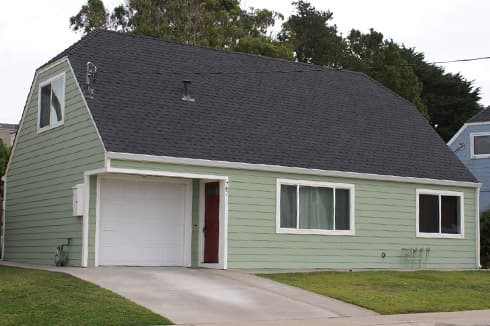Subprime Mortgage
What is a Subprime Mortgage?
Subprime mortgages can be identified as loans made to people with past blemishes on their credit histories, may not be able to fully document their incomes, or who may have less equity or smaller down payment.
Lenders study your credit history before deciding which loan rate you qualify for. You are likely to be offered a subprime mortgage if you have these factors on your credit report:
- Brief credit history
- Multiple 30-day delinquencies in the last year
- Multiple 60-day delinquencies in the last two years
- Foreclosures or repossessions in the last two years
- Charge-offs in the last two years
- Bankruptcies in the last five years.
You will probably also be faced with a subprime loan if your debt-to-income ratio — the amount of debt you have compared to your income — is higher than 50%. Student loan debts are viewed more favorably than credit card debts, but in general a high debt load makes you a high-risk borrower.
Subprime Mortgage Interest Rates
A subprime mortgage usually has a low "teaser" interest rate for the first two to five years of the loan, and then adjusts annually at a rate of prime plus 5% or more. If prime is at 5.25% when your teaser rate expires, the fully adjusted mortgage rate will be 10.25% whereas a prime loan would be closer to 5.5%. The rate usually resets annually, so your rate could skyrocket if the federal loan rate rises.
The Advantages and Disadvantages of a Subprime Mortgage
A subprime mortgage is never the ideal situation, but can be useful for certain types of borrowers. During the housing boom between 2000 and 2005, the loans were successfully used with borrowers whose credit scores were low, but whose incomes were sufficient to cover the monthly payments at their full interest rate. Unfortunately, many subprime mortgage lenders also approved loans for who could not afford the full payments.
During periods when housing prices are rising, many subprime borrowers take advantage of initial low rates for two-to-five years. If prices continue to rise, the equity created allows them to refinance to prime rate mortgages before the teaser period expires. Unfortunately, many borrowers find themselves "upside down" in their loans if interest rates rise and housing prices level off or decline. That means their house is worth less than the mortgage. Many borrowers in this situation are forced to sell at a loss or default on their loans and face foreclosure.
Subprime Mortgage Restrictions
Due to the increase in default and foreclosure in late 2006 and 2007, lenders have tightened borrowing rules. Many have stopped offering subprime loans. Those that continue to offer subprime loans will no
longer give loans for 100% of the purchase price. They are also tightening borrowing rules. In many cases, they will consider your ability to pay the full payment amount rather than your ability to pay the initial teaser rate. Some borrowers who would have qualified in the past will not be able to qualify under new lending policies.
How to Avoid a Subprime Mortgage
If you plan to buy, you must save at least 5% of the purchase price as a down payment. That 5% will provide you with an equity cushion should housing prices decline or stay flat in the early years of your loan when most of your monthly payment goes toward interest rather than the principal.
Before applying for a mortgage, buy your FICO credit scores. You will also see average interest rates for each credit score level, which will give you some idea of what to expect. If your credit score is low or your credit reports show negative marks, clean up your credit before applying for a mortgage. Although it might take you longer to get into a house, it will be worth it if it shaves points off your interest rate and allows you to avoid a subprime mortgage.
